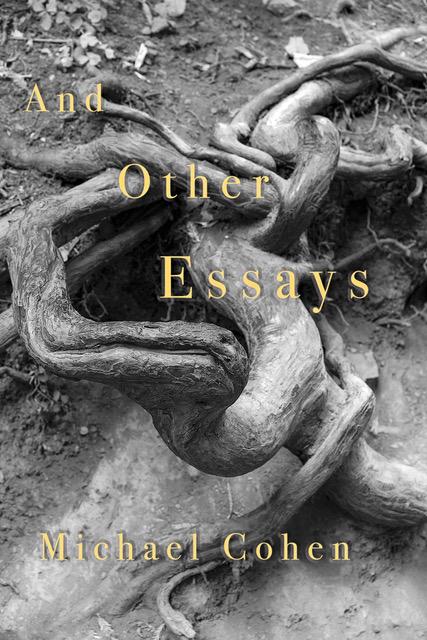Since I have been working my way
into the Iliad, (μῆνιν ἄειδε θεὰ Πηληϊάδεω Ἀχιλῆος /οὐλομένην….), I thought I’d
reread Simone Weil’s essay, “The Iliad: or The Poem of Force.” I think now as I
did when I first read it that hers is an eminently satisfying view of the poem,
whether one agrees with her or not, and one of the most complete readings of a
literary work I’ve ever read.
Weil
says the poem’s hero and subject is force, power, might—which she defines as “that
which makes a thing of anybody who comes under its sway.” Force does this
literally by killing, but also by enslaving—the slave becomes a thing, and so
does the person about to be killed who is utterly in the power of another. What
force does to its wielder is convince him that his power has no limit,
therefore insuring that power will shift to the other side when he oversteps.
This “geometrical rigor” in the shift of power back and forth, says Weil, “was
the main subject of Greek thought.” Her reading thus accounts for the to and
fro in the Iliad’s battles and the
curious sense readers have that Homer doesn’t take sides. She points to the
materialistic description of battle, where men are described as blood and bone,
with “no comforting fiction, no consoling immortality, no faint halo of
patriotic glory;” while, on the other hand, “whatever is not war…the Iliad wraps in poetry.” For there are
counterforces to might in the poem in all the forms of love, especially conjugal
love, the love of parents for children, and the love of brothers-in-arms.
The
famous similes in the poem, according to Weil, compare warriors to violent
forces of nature, OR to frightened animals, trees, water, sand or anything in
nature affected by those violent forces, depending on whether the object of the
simile is wielding force or being subjected to it. She identifies a tone of
regret and even bitterness in the poem, as well as a valuing of precious things
precisely because they will perish. The poem, she decides, is a miraculous
object, hopeful in that it assigns to the gods all the malice and caprice—“war
is their true business.” She concludes that the Iliad teaches that “nothing is sheltered from fate,” that we must
never “admire might, hate the enemy, or despise sufferers.”
When I
say I find hers a complete reading I don’t mean only that it gives a framework
for understanding so much in the poem—the back and forth of battle, the very
brutal description of battle scenes, the similes, the way the gods are depicted,
and so on. The final element is that Weil’s essay is finally and unblushingly
grounded in history, written in 1939 at the beginning of the war by a Jewish
intellectual Frenchwoman when it had already become obvious that the Nazis
would not be stopped by any considerations of humanity but would continue to do
what they wished because they could. Weil’s essay has often been seen as
pacifist, I think just because it is anti-war, which is not the same thing.
